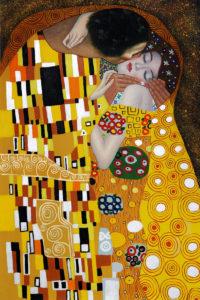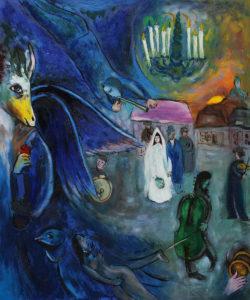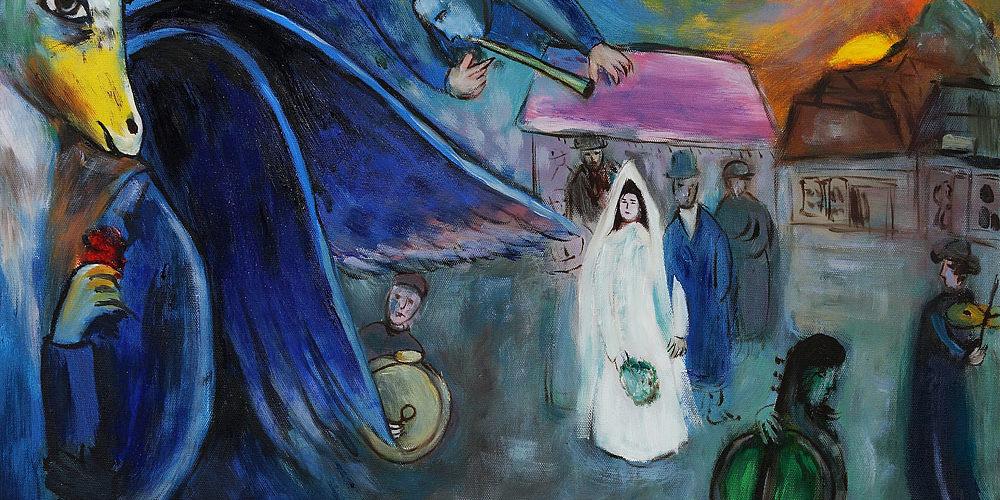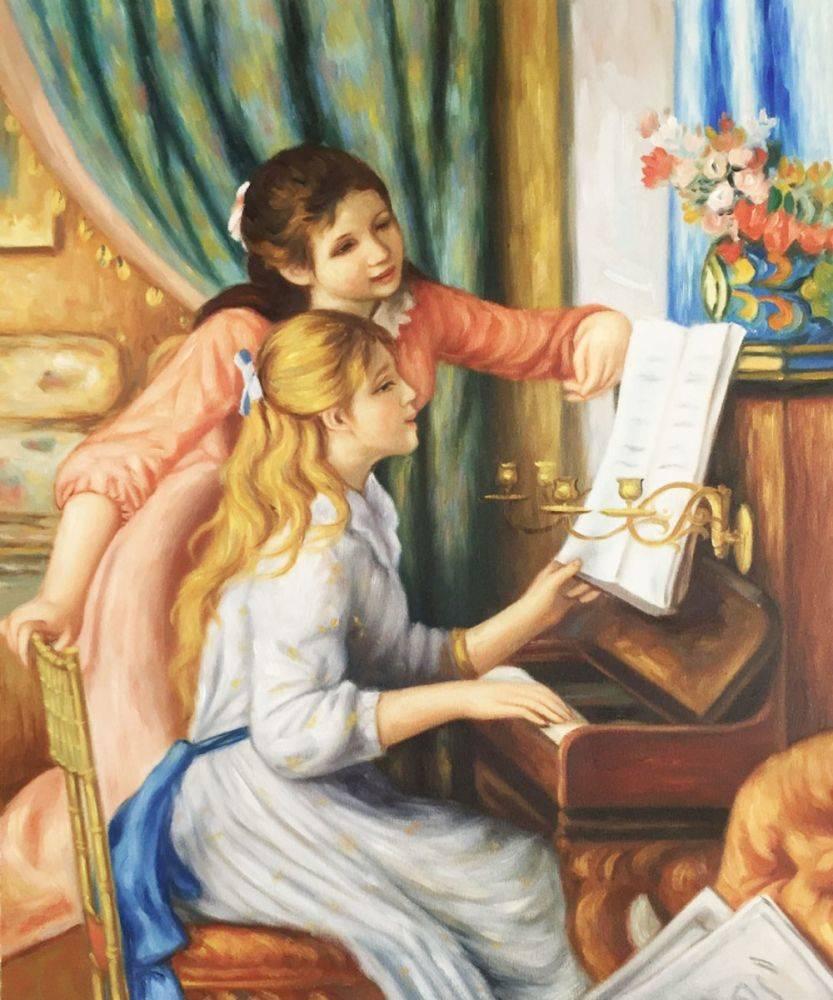Art
Art Reflections
Artistic Visions of June Weddings
 Summer is peak wedding season, with June the most popular month. So much planning goes into wedding, oftentimes a year in advance. As the couple plans, there is a desire to preserve traditions in the celebration.
Summer is peak wedding season, with June the most popular month. So much planning goes into wedding, oftentimes a year in advance. As the couple plans, there is a desire to preserve traditions in the celebration.
Take a look at some of the history of weddings and their traditions…
Why is June the most popular month to wed? The month of June is named after Juno, the Roman goddess of marriage (and the queen of the Roman pantheon, wife of Jupiter). She was thought to bring prosperity and happiness to those who wed during her month. Of course, as with all traditions, there was a practical reason to wed in this month. If the couple married in June – and the bride conceived in that first month – she would give birth to her child in the Spring allowing her enough time to recover, get strong – and get back into the fields for the Harvest in the Autumn!
Some other traditions and their meanings?
Rice: symbolizes fertility and showering good luck upon the couple.
 Wedding rings: The wedding band symbolizes love, established in the time of the ancient Egyptians! It’s placed on the third finger of the left hand because it’s believed that a vein from the finger runs up to the heart.
Wedding rings: The wedding band symbolizes love, established in the time of the ancient Egyptians! It’s placed on the third finger of the left hand because it’s believed that a vein from the finger runs up to the heart.
Wedding flowers/ bouquet: The ancient Greeks were the first to use them in weddings, using herbs with them as well (a tradition that is making a comeback). In those times, garlands and wreaths that crowned the heads of the bride and groom were the popular use. Herbs were thought to have magical properties to ward off evil. Today, bouquets of roses are the most popular.
Veils: In the past, veils were made of heavier cloth so if any other man was in love with the bride, he wouldn’t be able to kidnap her – as no one knew who was under the veil!
White: Symbolizes purity, but also celebration.
Wedding party: Ancient Romans believed that jealous demons wanted to vex and get the couple… that’s why we have bridesmaids and groomsmen, for protection! The wedding party dresses similar to the couple so said demons wouldn’t be able to recognize who was to be married.
Wedding cake: In olden times, a loaf of bread was broken over the bride’s head (!) and the guests would scramble to pick up the crumbs for good luck. Today, pieces of wedding cake are sent home with guests, so the guests can share in the good fortune of the couple.
Honeymoon: The term comes from the bride and groom going into hiding for 30 days (one full moon) after the wedding, and drink mead during this time. Mead is made from fermented honey and water, and is sometimes still used in place of champagne to toast the couple.
Finally, the familiar rhyme from Victorian times:
Something old, something new, something borrowed, something blue (and a silver sixpence in her shoe). The “old” represents the link with the bride’s family and her past. The “new” represents good fortune and success in her new life. “Borrowed” reminds the bride that family and friends are there for her if help is needed. “Blue” symbolizes loyalty. And the final part about the sixpence (which is usually left out of the rhyme now), wished the bride wealth.




